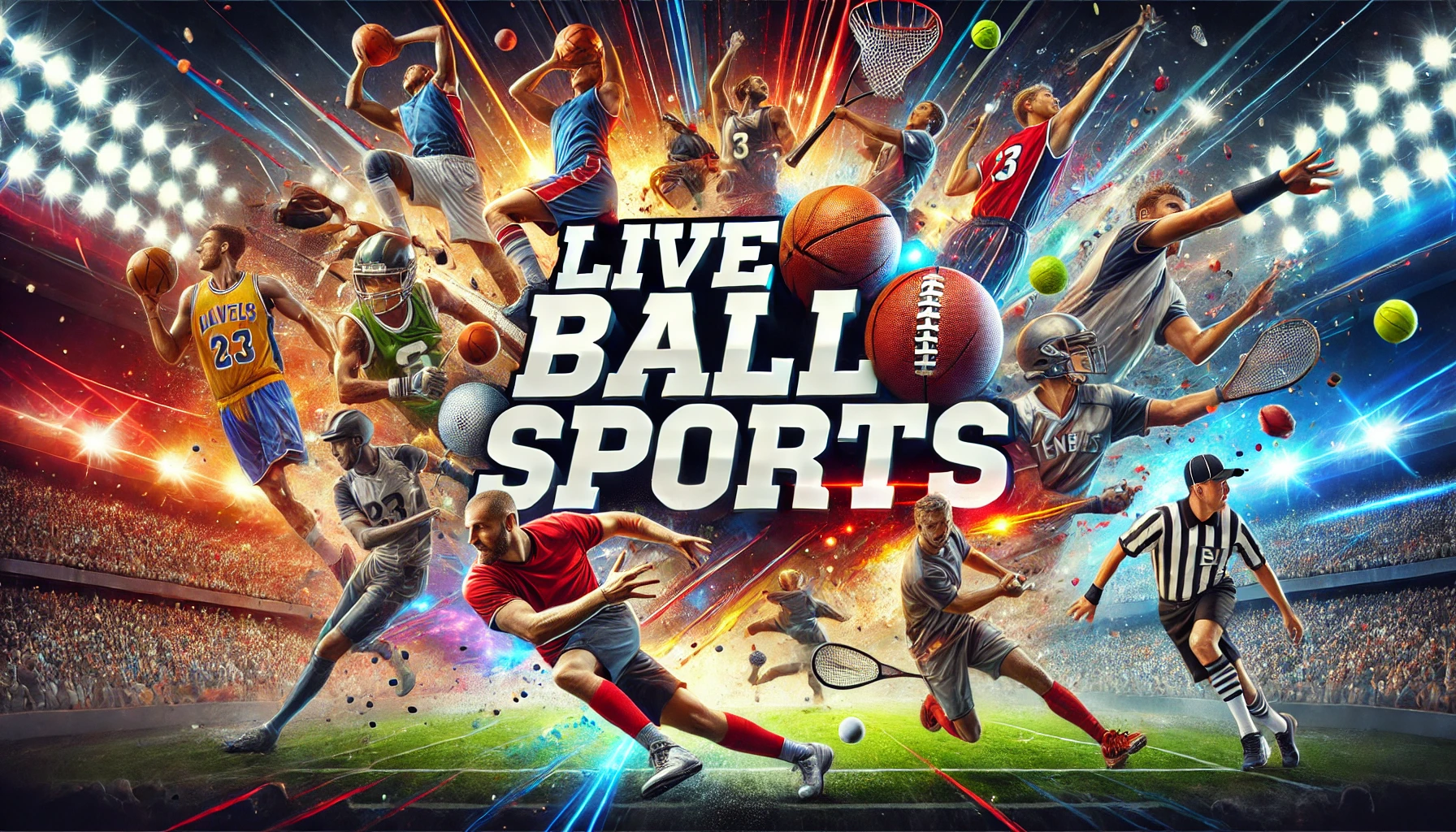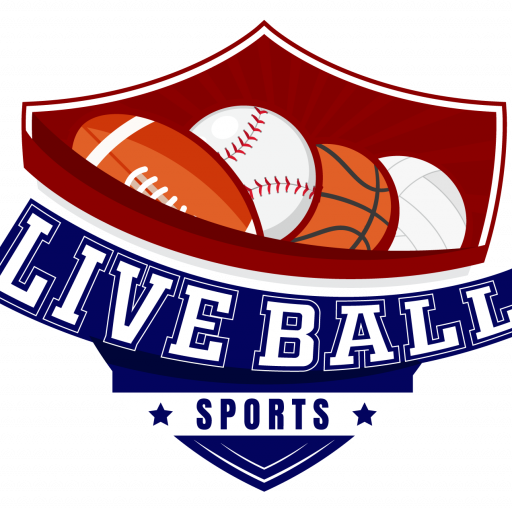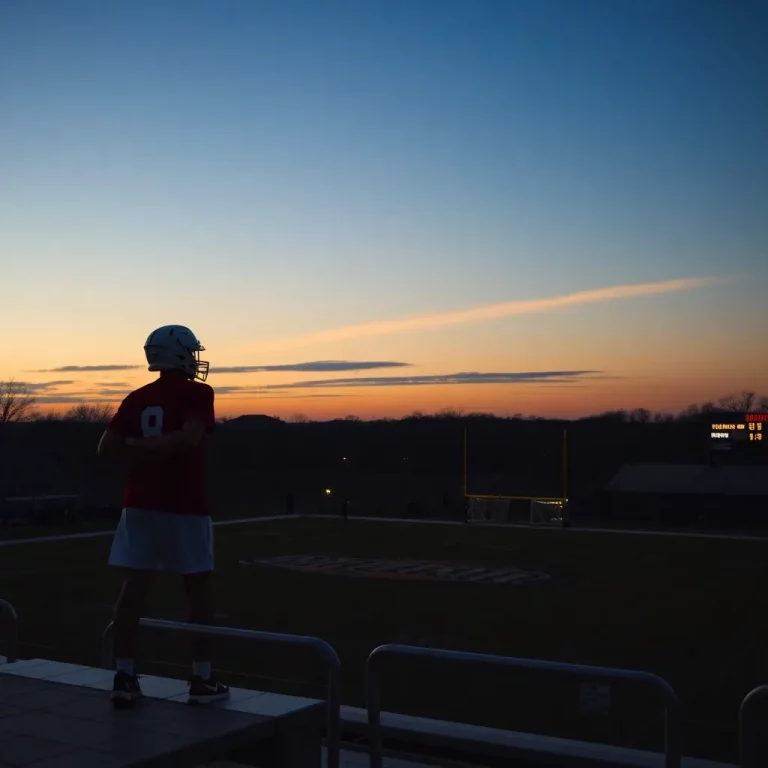Changes on the Horizon for College Athletics
As the summer of 2023 wraps up, Nashville stands at the forefront of a massive shakeup in college athletics. This is the beginning of a new chapter, triggered by the landmark House v. NCAA settlement, which opens the door for athletes to share in multi-billion dollar revenues. Even though optimism is in the air, challenges loom large. Legal issues are piling up, and there’s talk of Congress stepping in as discussions heat up over contracts and media deals related to the College Football Playoff.
The crux of the matter is athletes and their status. With the new revenue-sharing landscape, they indeed get a piece of the pie thanks to agreements allowing schools to hand over $20.5 million annually to athletes, increasing by 4% each year for the next decade. However, college athletes find themselves in a tricky spot, lacking a real say in essential matters like salary caps and health benefits.
Tennessee athletics director Danny White has been closely monitoring these developments since the regulations on athletes profiting from their name, image, and likeness (NIL) were first relaxed in 2021. Since then, some NIL deals have felt more like unfair payments than real business arrangements. With the $2.8 billion House settlement, many are hopeful that clearer regulations could be on the horizon.
White proposes a collective bargaining model, which he believes could stabilize the tumultuous environment. His approach wouldn’t classify athletes as university employees, but instead, it would create a national organization for football and men’s basketball players, allowing them to negotiate important issues directly.
However, this idea has met with skepticism. SEC commissioner Greg Sankey expressed concerns about collective bargaining, citing various complexities involved. The situation is also muddy for athletes, with many expressing neither interest in unionizing nor becoming employees due to legal and personal ramifications, including potential job insecurity.
Some college players, alongside organizations like Athletes.org, are still showing interest in collective bargaining, particularly under the evolving landscape shaped by new laws and agreements. There’s a lot to unpack, and discussions continue about whether these athletes want a voice that rivals that of unions like those in the NFL.
Looking ahead, a dual-track approach emerges: while Congress examines legislation like the SCORE Act, which aims to solidify the House settlement but might strip away some of the athletes’ rights, others are advocating for true collective bargaining as a way for athletes to gain some power and organization.
In summary, the landscape of college athletics is changing rapidly. From the complexities of NIL agreements to players’ rights to negotiate, the next few years promise to be pivotal. Whether athletes will emerge from all of this with more power and respect remains to be seen, but one thing is clear: the direction of college sports is shifting, and those impacting it must tread carefully.


